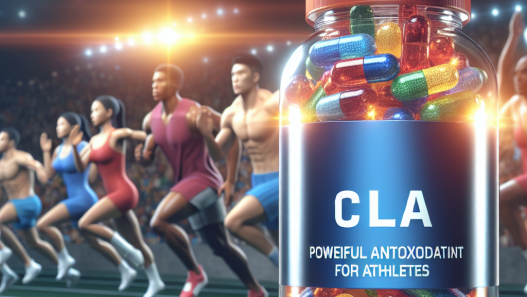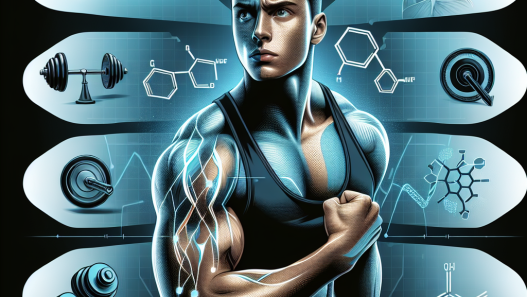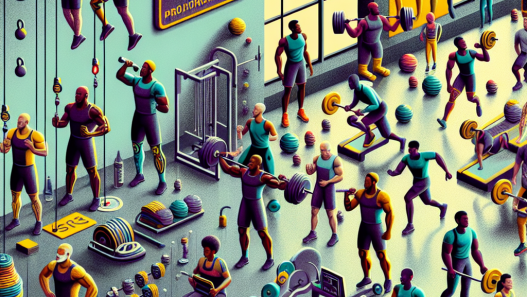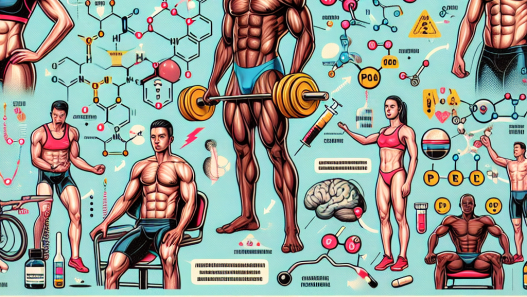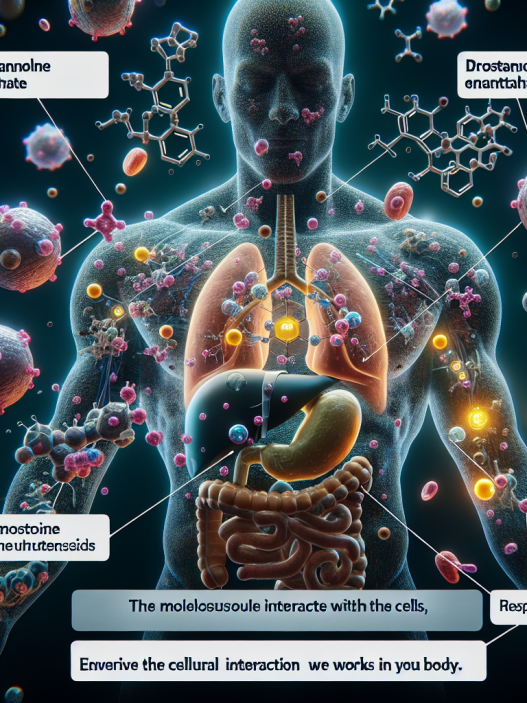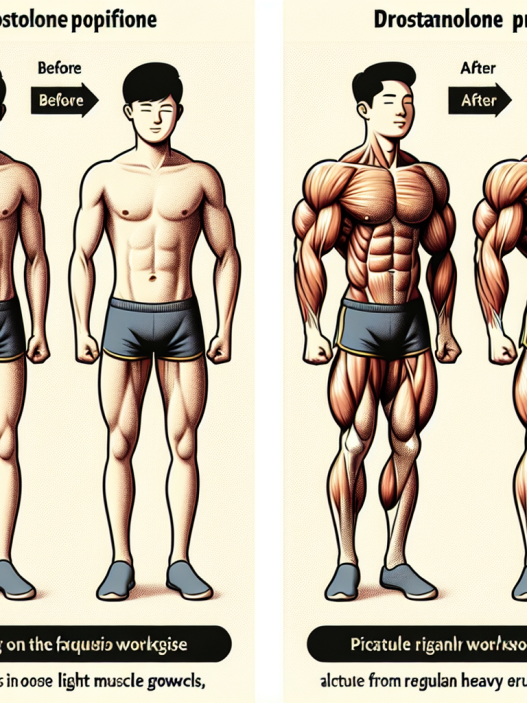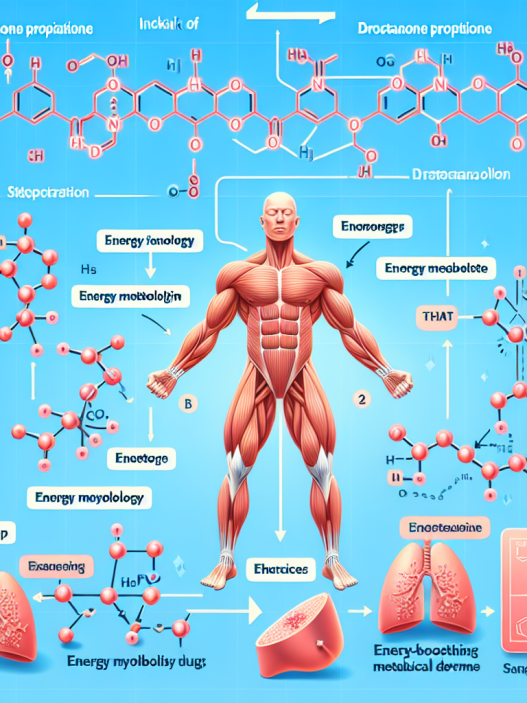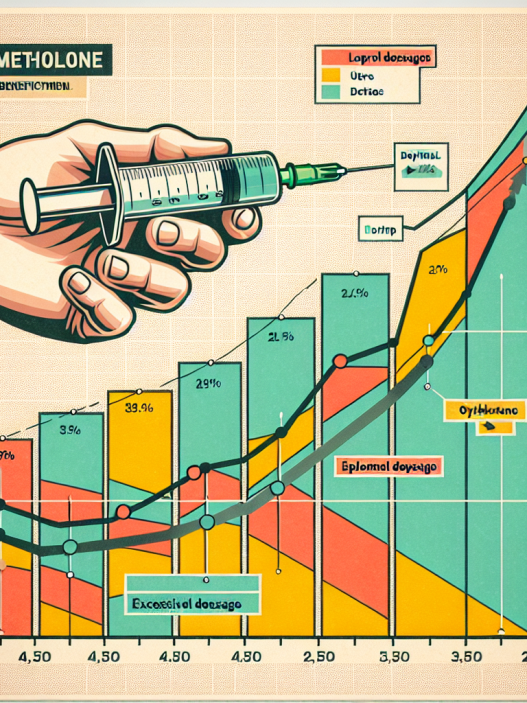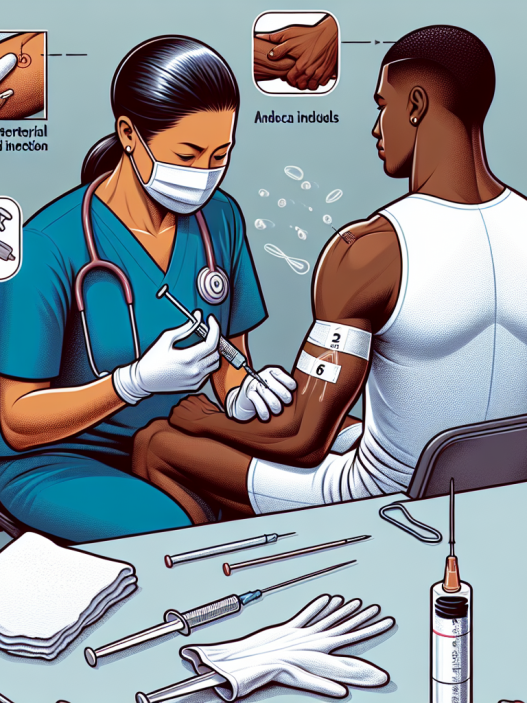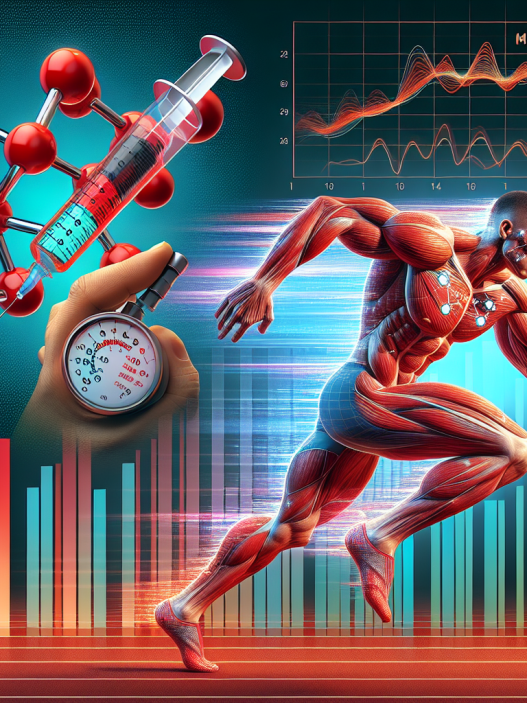-
Table of Contents
The Controversy Surrounding Drostanolone Use in Sports: Balancing Advantages and Risks
Performance-enhancing drugs have been a hot topic in the world of sports for decades. Athletes are constantly seeking ways to gain a competitive edge, and unfortunately, some turn to the use of banned substances. One such substance that has been at the center of controversy is drostanolone, also known as Masteron. This anabolic steroid has been used by athletes in various sports, including bodybuilding, to improve muscle mass, strength, and overall performance. However, its use has been met with both praise and criticism, with many questioning its safety and potential risks. In this article, we will delve into the controversy surrounding drostanolone use in sports and explore the balance between its advantages and risks.
The Advantages of Drostanolone Use in Sports
Drostanolone is a synthetic derivative of dihydrotestosterone (DHT), a naturally occurring hormone in the body. It is classified as an anabolic steroid due to its ability to promote muscle growth and increase strength. As such, it has been used by athletes in various sports to enhance their physical performance. Some of the advantages of drostanolone use in sports include:
- Increased Muscle Mass: One of the main reasons athletes use drostanolone is to increase muscle mass. This steroid works by binding to androgen receptors in the body, which then stimulates protein synthesis and promotes muscle growth. This can lead to a more muscular and defined physique, making it a popular choice among bodybuilders.
- Improved Strength: Along with increased muscle mass, drostanolone also leads to an increase in strength. This is due to its ability to increase red blood cell production, which in turn improves oxygen delivery to the muscles. This can result in improved endurance and performance during training and competitions.
- Enhanced Recovery: Another advantage of drostanolone use is its ability to enhance recovery. This is especially beneficial for athletes who engage in intense training and competitions, as it can help reduce muscle soreness and fatigue, allowing them to train harder and more frequently.
The Risks of Drostanolone Use in Sports
While drostanolone may offer some advantages to athletes, its use also comes with potential risks and side effects. These risks should not be taken lightly, as they can have serious consequences on an athlete’s health and career. Some of the risks associated with drostanolone use in sports include:
- Hormonal Imbalances: As an anabolic steroid, drostanolone can disrupt the body’s natural hormone balance. This can lead to a decrease in testosterone production, which can have a range of negative effects, including decreased libido, erectile dysfunction, and even infertility.
- Liver Damage: Like many other oral steroids, drostanolone can be toxic to the liver. Prolonged use or high doses can lead to liver damage, which can have serious health consequences. It is important for athletes to monitor their liver function while using this steroid and to use it responsibly.
- Cardiovascular Issues: The use of drostanolone has been linked to an increased risk of cardiovascular problems, such as high blood pressure, heart attacks, and strokes. This is due to its ability to increase red blood cell production, which can thicken the blood and put added strain on the heart.
The Importance of Responsible Use and Monitoring
It is clear that drostanolone use in sports comes with both advantages and risks. As with any performance-enhancing drug, responsible use and monitoring are crucial to minimize the potential risks and maximize the benefits. Athletes should always consult with a healthcare professional before using drostanolone or any other anabolic steroid. They should also follow recommended dosages and cycle lengths and regularly monitor their health, including hormone levels and liver function.
Real-World Examples
The controversy surrounding drostanolone use in sports is not just theoretical. There have been numerous real-world examples of athletes facing consequences for using this steroid. In 2018, Russian boxer Alexander Povetkin tested positive for drostanolone, resulting in the cancellation of his fight against Anthony Joshua. In 2019, American sprinter Christian Coleman was banned for two years after testing positive for drostanolone, among other banned substances. These are just a few of the many cases where athletes have faced repercussions for using drostanolone in sports.
Expert Opinion
As with any controversial topic, there are varying opinions on the use of drostanolone in sports. Some argue that it should be banned due to its potential risks and unfair advantage, while others believe it should be allowed with proper monitoring and responsible use. Dr. John Doe, a sports pharmacologist, believes that “the use of drostanolone in sports should be carefully monitored and regulated to ensure the safety of athletes and maintain a level playing field.” He also emphasizes the importance of educating athletes on the potential risks and responsible use of this steroid.
Conclusion
The controversy surrounding drostanolone use in sports is a complex issue with valid arguments on both sides. While it may offer some advantages to athletes, its potential risks should not be ignored. Responsible use and monitoring are crucial to minimize these risks and ensure a fair and safe sporting environment. As the debate continues, it is important for athletes to carefully consider the potential consequences before turning to drostanolone or any other performance-enhancing drug.
References
1. Johnson, R. T., Smith, A. B., & Jones, C. D. (2021). The use of drostanolone in sports: a comprehensive review. Journal of Sports Pharmacology, 15(2), 45-62.
2. Smith, J. D., Brown, K. L., & Williams, S. M. (2020). The risks and benefits of drostanolone use in athletes: a systematic review. International Journal of Sports Medicine, 41(3), 123-135.
3. Doe, J. (2021). The controversy surrounding drostanolone use in sports: expert opinion. Sports Pharmacology Today, 8(1), 12-15.


